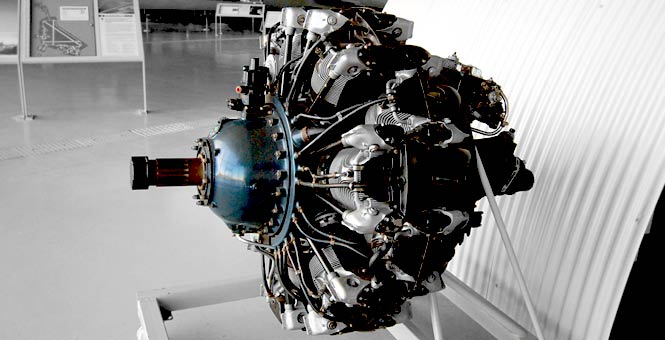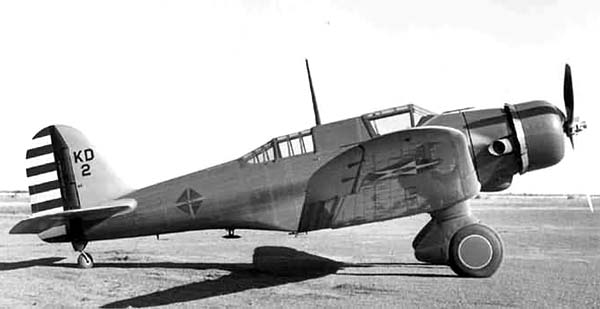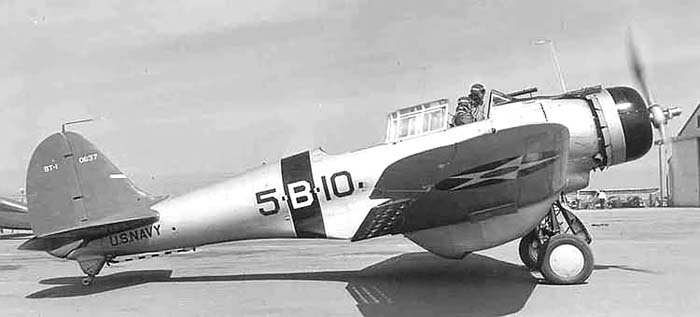Some notes from the last several posts:
President Roosevelt declared a “limited emergency” on 08 September 1939 in response to the initiation of war in Europe. This declaration freed up funding for the military and served as a priming pump to the armed forces and the industry that supported it. The Navy asked for and got a new torpedo plane project initiated as a replacement for the rapidly obsolescing TBD Devastator. Grumman made quick progress on the new bomber and by August 1941 the first prototype had flown and Grumman was standing up a full production line in Bethpage, New York.
I apologize for not noting this earlier, but this part is actual history per the OTL. It did free up funding and lead to a lot of new programs, including the TBF/TBM Avenger and the
Gar and
Gato class submarines. It was the first real step in getting us on a war footing. However, Roosevelt had to play this carefully, taking into account the politics of the day. He truly did not want war and hoped to prevent it (IMHO), but he realized the folly of not being prepared in case the worst happened. It was because of the murky politics of the day and a sense of self-denial on behalf of the American public that his efforts at preparedness fell short and we were still caught asleep at the switch in Pearl Harbor.
A portion of the WWI era O-class submarines had been retained in mothballs as a mobilization asset. In early 1941 the Navy reactivated them and sent them to Groton as school boats for the Submarine School students, and they turned in excellent service in that regard. The Mk 7 torpedoes were retained in the inventory just for them. It was only the Electric Boat design O-boats that were retained. The Lake design had been heavily disliked and they were all scrapped in the 20's and 30's.
Along with the O-boats, some of the Electric Boat (EB) design R-boats and Government design S-boats filled the same billet in Groton, but these boats were also used on actual patrols in the Caribbean and Panama Canal areas. As we all know, a number of the EB design 20, 30, and 40 series S-boats saw combat in the Pacific. A few of the 20 series boats were transferred to the Royal Navy and Poland.
After the war started some of the older fleet boats were pulled back from combat duties and returned stateside for training roles. These were mostly the riveted construction boats like
Dolphin, Cachalot, Cuttlefish, Porpoise, Pike and a handful of others. Although these boats were worn out, leaky, and generally unfit for combat duty they gave the Sub School students a look at a more modern boat and thus were quite valuable in that regard. There were also two smaller "Fleet" boats, the
Mackerel and
Marlin, that were based out of Groton and performed Atlantic anti-U boat patrols and trained students. These two boats were to have been prototypes for a smaller but more modern submarine and were built at the behest of Admiral Hart. If they had been built in numbers they may have been an excellent replacement for the old S-boats. But ultimately the best choice was to build large numbers of
Gato,
Balao, and
Tench class fleet boats and not get distracted with the smaller ones.
Mackerel and
Marlin along with some of the O-boats starred in the Tyrone Power movie
Crash Dive. Check it out on You Tube. For an explanation of some of the visual differences in the S-boats and the fleet boats check out the following link:
http://www.navsource.org/archives/08/10idx.htm. These are articles I wrote a few years ago that were meant to clear up misconceptions and mistakes in submarine photograph historical records. You would be surprised at how many photos have been mis-identified over the years. Also, check out this link:
http://www.pigboats.com/. This is a site co-founded by myself and a good friend of mine Ric Hedman. It is an excellent resource.
As the idea for this timeline was rolling around in my head I toyed with the idea of including mines in the mix. It would have been interesting to play with that, but in the end I decided to try to keep this as close to reality as I could make it, and building up mine useage would have introduced a lot of butterflies that I didn't want to deal with. So ITTL mine employment does not change at all.




